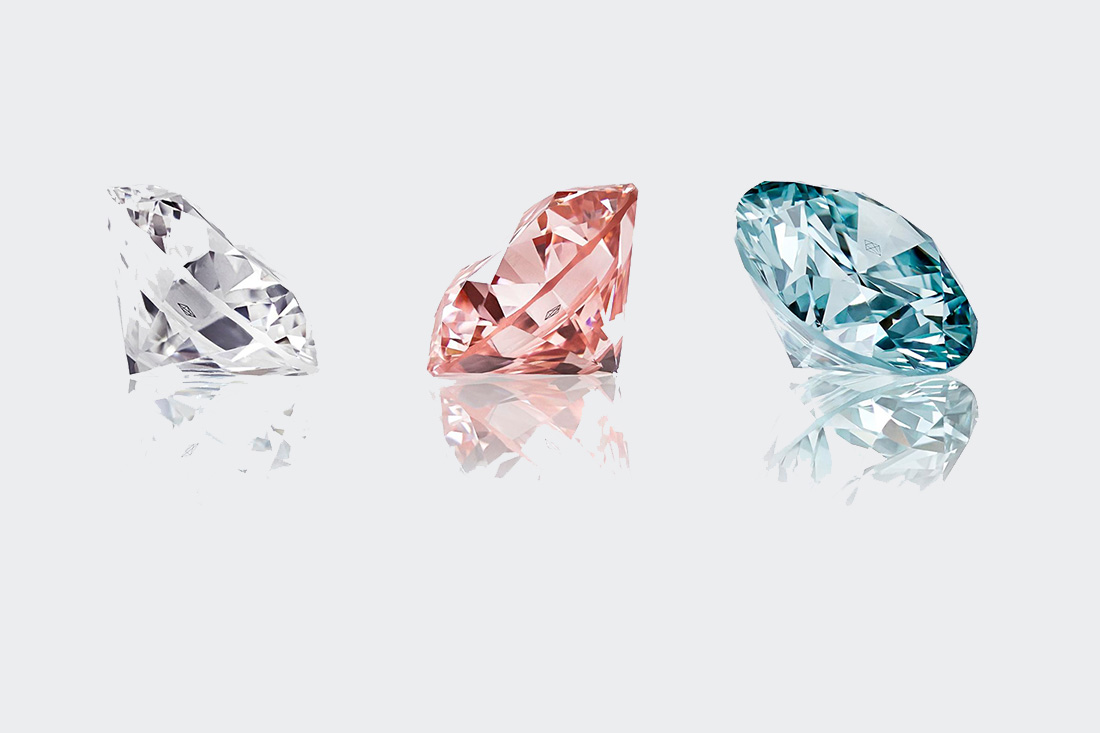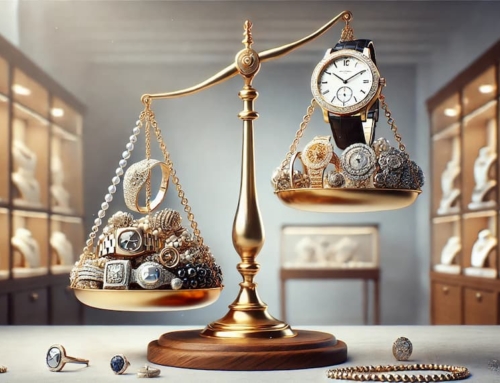A Marking Act – For Diamonds
by Abe Sherman – CEO, BIG – Buyers Intelligence Group
October 31, 2023
The Gold and Silver Marking Act, originally written in 1906, required metals used in jewelry sold in the United States to be stamped with the purity of the metal. The act was updated in 1961 when the manufacturer’s name or logo was also required. In Europe, hallmarks demonstrating the quality of the materials as well as country of origin and the manufacturer, have been used for centuries. There are no objections to these markings as they exist to protect the consumer as well as the trade. We buy and sell items with confidence when we know who made the items and what the quality of the metals are. Below is a link to a Stuller article that explains the requirements of the act.
https://www.stuller.com/articles/view/national-gold-and-silver-marking-act/
The time has come to update the Marking Act again, but this time, adding diamonds to the act. More specifically, manufactured diamonds. Laser inscription technology has been used for decades in our industry but is not required by law. Even if applied, surface lasering can be polished off far too easily. If we are to take consumer protection seriously, utilizing an already available technology will solve two issues simultaneously.
A Permanent Solution is Required
Sub-surface inscriptions, the type that has been used for a number of years by De Beers for their Lightbox brand, is all that is needed to protect consumers from being misled and, as importantly, protects retailers and suppliers from potentially embarrassing and very costly errors, oversights or fraud.
A sub-surface inscription with either the supplier’s logo or, for non-branded manufactured diamonds, something as simple as LGD inscribed below the surface of the diamond’s table, will go a very long way to alleviate any misunderstanding when handling these goods. The “we disclose” argument simply isn’t good enough. Who is “we” and whom are we disclosing to? The best thing about applying a sub-surface inscription is they can be seen with nothing more than a 10x eye loupe. Also, being approximately .5mm below the surface, they cannot be polished off as can be done with surface-level inscriptions.
And Then What?
From the beginning of the lab-grown diamond push, “jewelers just need to disclose” has been an overly-simplistic trope, as if informing the customer who buys a lab-grown diamond solves the problem of disclosure for all of eternity. Diamonds, as the expression goes, are forever and every one of them that enters the market will be with us for all time. Meaning, every consumer/retailer transaction, whether from a repair, appraisal, remount or even cleaning, places the retailer at risk – You MUST test every single diamond that you touch, every single time. Forever.
This is oh-so-simple for stores who have the proper testing equipment, right? Wrong. Mistakes are going to happen from time to time. Jewelers will be accused of non-disclosure, switching a ‘real’ diamond for a manufactured one and all other manner of accusations. This testing isn’t just required upon take-in of the diamond in question, but every time the diamond leaves your sight, goes to your shop, an outside shop, manufacturer and on and on. The burden of diamond testing falls to the retailer for as long as they remain in this business. We can alleviate that burden, to a great extent, by requiring a sub-surface identifier be added to all manufactured diamonds – by law.
Wide Ranging Risks
Retailers are at risk, for sure. But so are suppliers who receive diamonds to be set into their settings – they have to test every diamond as well. If not, and the jeweler’s customer accuses them of switching their “real” diamond for a manufactured one, they will be coming back to the supplier to see how many people in their company had access to this job and what steps were taken to ensure the same diamond was returned to the retailer.
Insurance companies are at risk if they write policies that protect retailers and suppliers against lawsuits. Employees, especially those in the repair department, are at risk of being subjected to questioning should a consumer accuse the retailer of switching their diamond. In short, everyone has financial and/or reputational risk when dealing with customer’s diamonds.
Branding Opportunities
Consumer protection isn’t the only benefit of sub-surface inscriptions. Branding manufactured diamonds with the brand or store logos will forever identify where that diamond came from. Billions are spent on branding initiatives, but diamonds, for the most part, are indistinguishable other then perhaps lasered serial numbers on the girdle. Sub-surface inscriptions provides permanent branding for diamonds as well as determining provenance for the future. De Beers’ Lightbox has been inscribing their Lab-Grown Diamonds with sub-surface inscriptions from day 1.

To my Industry Friends
To the women and men whom we work with throughout the industry, those of you who serve on the boards of JA, GIA, JM, AGS, JVC, AGTA, MJSA and RJC, this is in your hands. Your organizations exist to serve the jewelry and gemstone industries and it’s your collective responsibility to work together to enact legislation that protects our industry and consumers. The diamond industry is the bedrock of the jewelry business and leaving tens of thousands of employees in thousands of jewelry stores, suppliers and trade shops to fend for themselves is a travesty. Not having a Marking Act for manufactured diamonds is not only unacceptable when the technology to protect our industry and our consumers is so readily available, it’s unconscionable.






